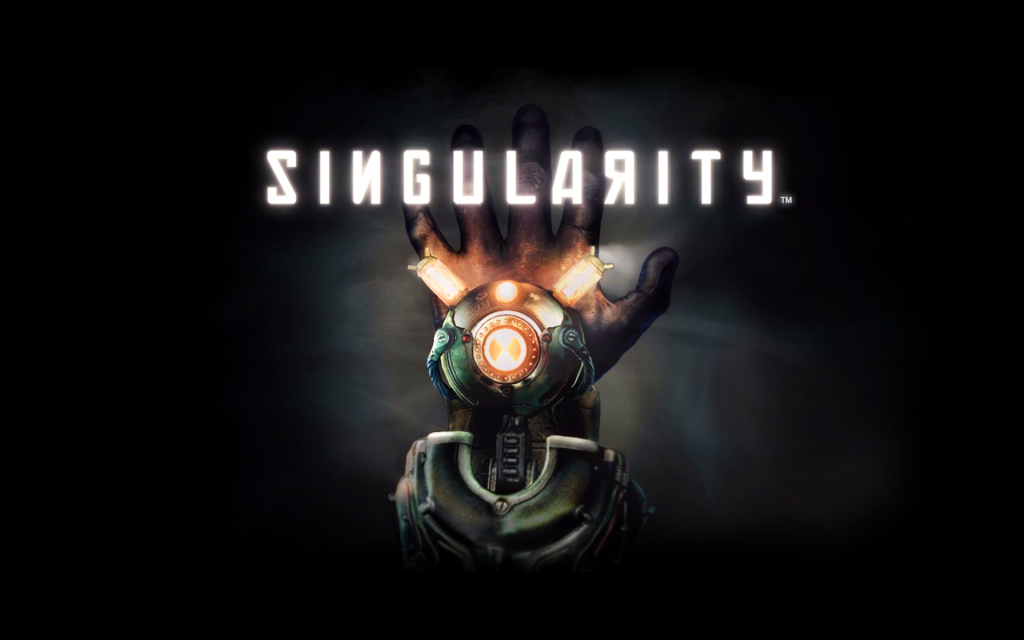This week our team start lighting the scene and keep refining our textures. At the same time zhengzhong trying to find a proper way to layer our rendering scene and preparing for the further compositing works.
I did the first version of lighting and then refined the lighting with zhengzhong and wanxuan in this week. During the process of lighting we meet several kinds of problems. For example, the weird noise in the image and improper shadow range. We finally overcame these problems and found a proper way to light the scene. Also we found the correct way to export multi-layer exr files with Z depth data, edges data and color data, which can make the compositing much more easier.



We also changed several of textures in our scene. Unfortunately, the scene has a lot of BUGs because of the improper use of referencing project and the file transfer between different maya versions, which took us plenty of time to fix them. It makes me realize the importance of file specification. A improper or wrong file specification can be a nightmare.
I made a cloth simulation loop for the curtain in our scene with Houdini this week and export an alembic file to maya to render it. What I want is a moving curtain with a wind blowing it. The movement of the curtain must be natural. I used a expression with random and sine function to drive the wind, which can provide a better result. Finally I turned the cache into a loop so that the length of that cache can be expanded in a short time.
I am not quite familiar with vellum solver so I took sometime to figure out how to use it. I think the final result is ok.

Reflection: It is a quite frustrated week to me because we have to fix tones of problems that we left in last few weeks and fortunately we finally finished it. Next week we will start rendering and compositing. There is still a lot of things to do so we must speed up our process in the next few weeks.
